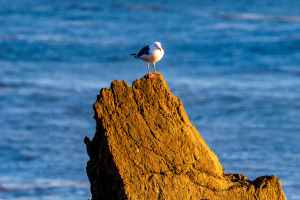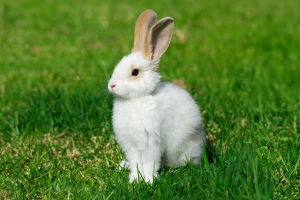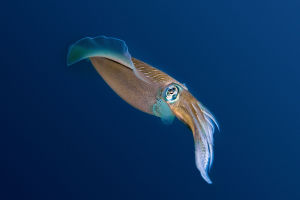Seahorses are fascinating marine creatures that captivate our attention due to their unique appearance and behaviors. With their horse-like heads, these small fish belong to the genus Hippocampus and are found mainly in shallow coastal waters worldwide.
Despite their widespread existence, seahorses face significant threats due to habitat destruction, overfishing, and climate change. In this article, we will explore the characteristics, behavior, and conservation issues surrounding seahorses, shedding light on their life in the wild and the efforts being made to protect them.
The Insane Biology of: The Seahorse
Video by Real Science
Unique Physical Features and Habits
One of the most remarkable characteristics of seahorses is their physical structure. Unlike most fish, seahorses do not have a tail fin or pectoral fins. Instead, they rely on their small, almost transparent chest and dorsal fins to move through the water. Their tails are highly flexible and can wrap around objects, which helps them secure themselves in their environment. This tail is not only crucial for anchoring themselves but also aids them in navigating through underwater vegetation and coral reefs.
Seahorses are known for their ability to camouflage themselves. They can change their body color to blend with their surroundings, making it difficult for predators to spot them. However, their ability to change color is more pronounced when they are young, and as they grow, their camouflage abilities become more refined.
Reproductive Wonders of Seahorses
Seahorses have one of the most unique reproductive methods in the animal kingdom. Unlike other species, it is the male seahorse that carries the eggs after mating. During reproduction, the female seahorse transfers her eggs into the male’s brood pouch, where he fertilizes them. After a gestation period of 2 to 3 weeks, the male gives birth to tiny seahorses. This reproductive process is not only fascinating but also essential for the survival of the species, as it allows the offspring to be protected in the male’s pouch until they are ready to face the world on their own.
The birth of seahorses can produce up to 1,000 young, depending on the species. These tiny seahorses are born at around 0.6-1 cm in length and are fully equipped to survive in the wild. Their survival is closely linked to the conditions of their habitat, particularly water temperature and quality.
Habitat and Diet of Seahorses
Seahorses typically inhabit coastal areas rich in coral reefs, seagrass beds, and algae forests, where they can anchor themselves using their prehensile tails. These environments offer protection from predators and provide a steady supply of food, which consists mainly of small crustaceans, such as shrimp, copepods, and amphipods.
In terms of feeding behavior, seahorses have a highly specialized feeding mechanism. They rely on their snouts to inhale in food, often consuming prey smaller than their snout diameter. While in the wild, seahorses feast on plankton and small crustaceans, in captivity, they are typically fed shrimp or other small marine organisms.
Threats and Conservation Efforts
Seahorses face numerous threats, including overfishing, habitat destruction, and climate change. Millions of seahorses are caught each year for use in traditional medicines and for display in aquariums. Moreover, the degradation of their natural habitats—due to human activities such as coastal development and pollution—has compounded the difficulties faced by seahorse populations.
To protect these incredible creatures, the Convention on International Trade in Endangered Species of Wild Fauna and Flora (CITES) has listed all species of seahorses under Appendix II, which regulates international trade. In China, seahorses are also classified as a protected species under national laws. As a result, the illegal capture and trade of seahorses have been prohibited, and only licensed individuals or businesses are allowed to purchase or sell them legally.
The Future of Seahorses: Conservation and Breeding Programs
As of 2013, the majority of seahorses available in the market were still wild-caught. However, due to the challenges of breeding seahorses in captivity, efforts are being made to develop breeding programs. Seahorses are highly sensitive to environmental conditions, and successfully breeding them in controlled environments requires precise temperature, water quality, and food management.
Despite the challenges, some countries have made significant progress in breeding seahorses in captivity. The ultimate goal is to reduce the pressure on wild populations and ensure the long-term survival of these incredible creatures.
A Call to Protect Seahorses
Seahorses are much more than just curious marine creatures. Their unique characteristics, reproductive methods, and struggles for survival make them an important species to protect. With continued efforts from conservationists, scientists, and policymakers, we hope to ensure that seahorses will continue to thrive in our oceans for generations to come.
Let’s all play a part in preserving these magical creatures by supporting sustainable practices and reducing our impact on their habitats.
Let’s hear your thoughts, Lykkers! What other fascinating marine creatures do you want to know more about?


